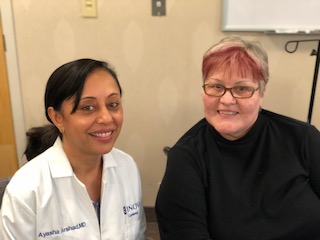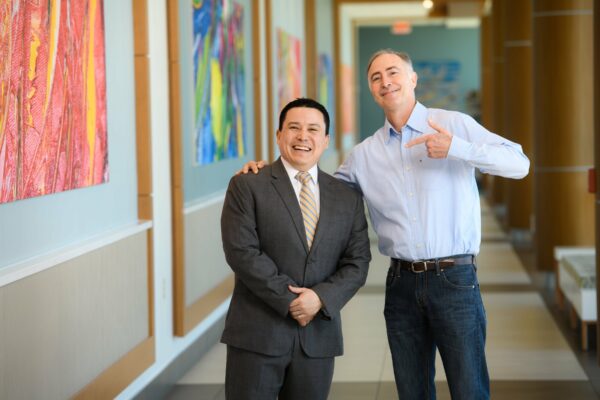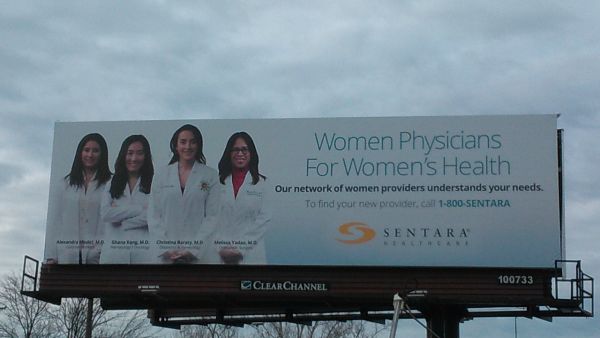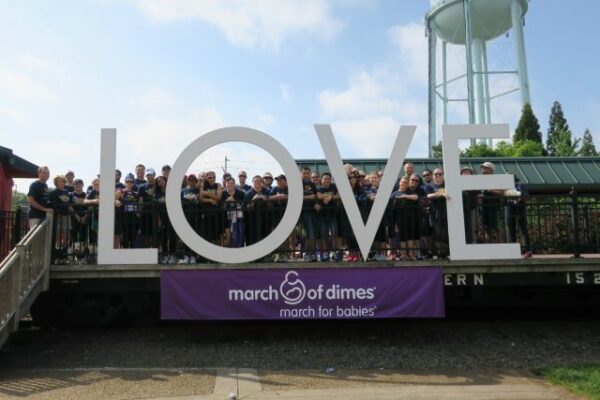Being early is ideal for a lot of things, but it can be a game-changer when it comes to a stroke.
The American Heart Association estimates someone in the U.S. has a stroke nearly once every 40 seconds.
Being early is ideal for a lot of things, but it can be a game-changer when it comes to a stroke.
The American Heart Association estimates someone in the U.S. has a stroke nearly once every 40 seconds.


WOODBRIDGE — On Monday, April 2, 2018, Sentara Northern Virginia Medical Center ushered in a new level of care with the introduction of left-sided pulmonary vein ablation. The Sentara Heart & Vascular Team, led by Dr. Aysha Arshad, Medical Director of Electrophysiology, performed the first of its kind procedure for the hospital.
“This is wonderful for our community,” says Dr. Arshad. “This means the beginning of more complex procedures in the Electrophysiology Lab here at Sentara Northern Virginia Medical Center, which opens up these vital services to members of our community. They won’t have to travel long distances for care because our highly experienced staff and physicians are the same that are working in all the top hospital centers in the area.”

Joshua Goad and his wife are always on the go.
“We are very active. I’ve got a sailboat, a kayak. We enjoy going to the gym and working out. It keeps us young,” says the 56-year-old, smiling.

Their billboard sits off of Route 1 in Prince William County, not far from Dawson Beach Road, and less than five miles from Sentara Northern Virginia Medical Center.
We had a chance to interview these physicians, learn more about what drives them, and have them share their experiences.

Just as the weather breaks and it begins to grow warmer, the Women’s Health Center at Sentara Northern Virginia Medical Center’s team of doctors, nurses and staff are trading in their scrubs for tennis shoes.
It’s for the annual March of Dimes March for Babies walk.

Emergency Department physician Dr. Anoop Kumar has dedicated his life to helping people who are sick, scared and hurt.
“I received my MD in 2007 and completed my training in Emergency Medicine in 2011. I like the clinical diversity of Emergency Medicine. I see young, old, female, male, many critically ill, some not so ill, medical, psychiatric, surgical, and social conditions. If one can bear to look, it’s [the Emergency Department] a window into the soul of society,” says Dr. Kumar.

Imagine helping a person after their darkest hour. That’s the reality for the Cardiac Rehabilitation team at Sentara Northern Virginia Medical Center.
Every day, team members work with patients who have suffered life-altering heart episodes. That’s why what they do is recognized during National Cardiac Rehabilitation Week, which runs from February 11th -17th.

Heart disease is the number one cause of death in women.
The American Heart Association says 1 in 3 women dies from the disease, and that’s why February is American Heart Month.